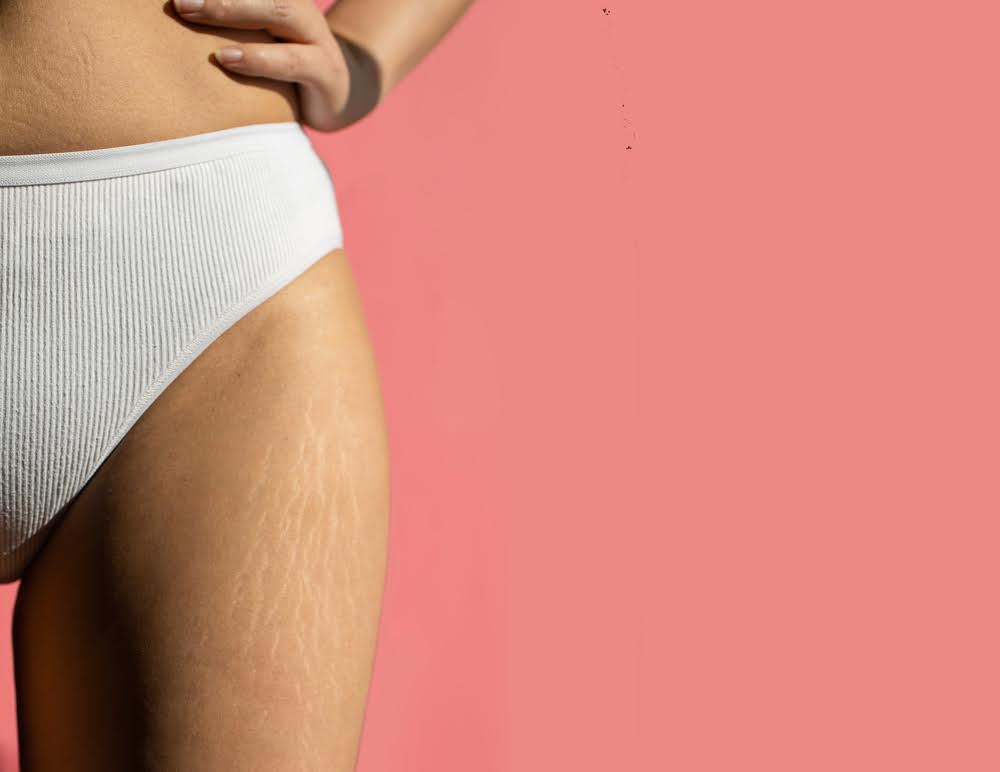Stretch marks are natural changes in the body that typically develop during weight changes or pregnancy. Some women who became mothers expect to have them, though other people also develop them for different reasons.
Even those who meticulously maintain a stable weight and take good care of their skin can end up with stretch marks later. The reason is that hormonal changes and heredity are the main factors in the development of stretch marks.
You may use a variety of skin care products ranging from creams, oils, and lotions to reduce or prevent stretch marks. But they don’t always deliver the best results. If you’re looking for a way to deal with stretch marks, checking out https://cambridgelaserclinic.com/ and other reliable sources online would be a good starting point.
Over time, stretch marks do vanish. But some may become self-conscious about their body image because of them. Luckily, it’s possible to manage them through laser therapy.
What Are Stretch Marks?
Stretch marks form when the skin stretches or tears rapidly, damaging the underlying supportive structures. In most cases, the collagen and elastin in the skin may be unable to cope with the sudden changes, leading to damage.
The color of stretch marks usually depends on the shade of your skin. They can appear pink, red, or purple. Sometimes, they get itchy. Scratching will cause a slight discoloration.
As stated earlier, they may appear during pregnancy or growth spurts. A person who gains significant weight or engages in bodybuilding is also likely to develop stretch marks, mostly in areas with large amounts of fat or muscle growth. In most cases, they can form on the breasts, abdomen, thighs, upper arms, and buttocks.
It’s crucial to remember that stretch marks don’t pose any health risks. However, most see them as unsightly, reducing a person’s self-esteem. While they don’t seem to vanish, certain cosmetic procedures, such as laser therapy, may reduce their appearance.
What Are The Types Of Lasers Used?
Most treatment facilities use ablative and non-ablative lasers in the resurfacing phase of laser therapy.
The ablative lasers deal with unappealing marks by destroying the upper skin layer. As the new skin tissues grow, they’re smoother in texture and appearance.
Non-ablative lasers don’t involve the destruction of the upper skin layers. Instead, they focus on the underlying areas of the skin’s surface to encourage collagen growth from the inside.
What Happens During Laser Therapy For Stretch Marks?
The procedure revolves around laser resurfacing. This aims to penetrate the tissues to promote the restructuring of the skin.
Your doctor will numb the site with a topical anesthetic at the beginning of the session. As the laser beams move over the area in concentrated amounts, you can expect some discomfort. However, this also means that new skin tissue is being coaxed into growing.
As for the side effects, they vary on the type of laser. If an ablative laser is used, some side effects include raw skin, bleeding, itching, and scabbing. As for non-ablative lasers, expect fewer side effects and a shorter healing time. Once the skin recuperates and the scabs fall off, you’ll see the stretch marks fading, eventually becoming fainter as you go through more treatments.
While the procedure will not eliminate the stretch marks entirely, it does smoothen them out, making them harder to notice.
If you have old or severe stretch marks, they may be challenging to treat and require you to undergo more sessions. In most circumstances, it might even take up to ten treatments to minimize stubborn ones.
What To Expect From Laser Therapy
Nowadays, laser therapy is an outpatient procedure performed by a board-certified practitioner. You need a consultation with your doctor to check your health history, current medications, and the outcome you want to achieve before undergoing one.
If you’re eager to get it for your stretch marks, it’s crucial to know everything about the procedure. One important consideration is that the therapy may involve several sessions to achieve the best results. The number of sessions necessary will depend on the seriousness of the markings and the type of laser.
On average, it may take four sessions spanning a few weeks between every treatment. It’s also best to anticipate that the stretch marks will only partially disappear after the sessions.
Final Thoughts
Stretch marks are an inevitable part of life. But if you find them undesirable, you can access safe and effective methods to manage their appearance. Knowing all there is to know about laser therapy will help you decide if it’s the best course of action for you, especially if it’s an option you’re considering soon.








